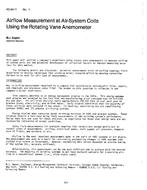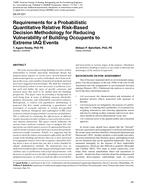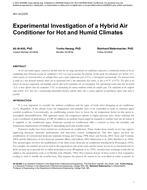Ventilation is a key component to maintaining healthy, safe indoor air quality. Especially important in laboratories, ventilation is the first line of defense against airborne hazards produced during research activities. Though a vital component, laboratory ventilation systems are often victim to ineffective operation, posing a risk to the most important asset–the researchers. Furthermore, system inefficiencies can lead to up to 50% wasted energy (Shehabi et al. 2017). To improve both energy efficiency and safety in laboratories, we present the Smart Labs Toolkit–a resource developed by the U.S. Department of Energy Federal Energy Management Program and the International Institute for Sustainable Laboratories that guides laboratory stakeholders through a straightforward, holistic approach to achieve dynamic, high-performance laboratories. Smart Labs enable safe and efficient world class science to occur in laboratories through high-performance methods. A Smart Labs program employs a combination of physical, administrative, and management techniques to assess, optimize, and manage high-performance laboratories.
We will focus on a central component of the Smart Labs approach–the Laboratory Ventilation Risk Assessment (LVRA), a systematic process for identifying risk due to airborne hazards to inform the operation of dynamic ventilation that optimizes safety and efficiency. Case studies of organizations who have successfully implemented Smart Labs ventilation management programs will also be shared. In learning ventilation strategies successful in critical laboratory environments, learn the tools and resources needed to successfully manage energy in any building through smarter, safer ventilation.
Product Details
- Published:
- 2022
- Number of Pages:
- 7
- Units of Measure:
- Dual
- File Size:
- 1 file , 1.5 MB
- Product Code(s):
- D-ICEB22-18
- Note:
- This product is unavailable in Russia, Belarus


